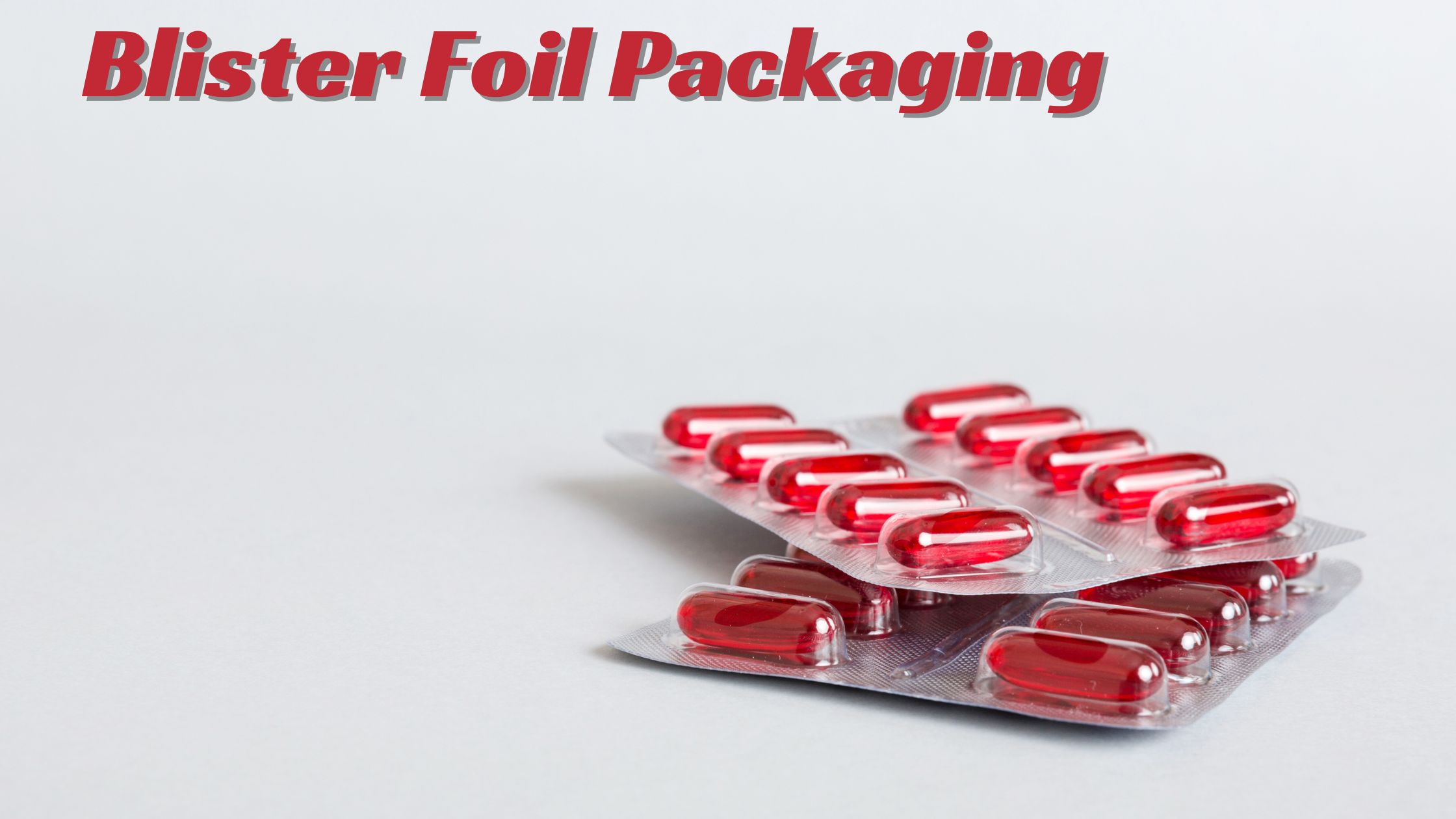When you pick up a product off the shelf, have you ever noticed how it’s packaged? If you’ve ever bought over-the-counter medicine, electronics, or even some food items, you’ve likely encountered blister packaging. But what exactly is custom blister packaging, and why is it such a popular choice among manufacturers? Let’s break it down in simple terms.
What Is Custom Blister Packaging?
Blister packaging is a type of pre-formed plastic packaging that seals a product between a blister (a cavity made from plastic) and a backing, usually made of paperboard or aluminum. The “custom” part refers to the packaging being tailored specifically for a particular product, fitting it perfectly and often designed to showcase the item attractively.
This type of packaging is commonly seen in products ranging from small consumer goods like batteries and toys to pharmaceuticals and medical devices. The idea is to keep the product secure, visible, and easy to access while protecting it from damage, tampering, and contamination.
Why Do Manufacturers Choose Custom Blister Packaging?
- Product Protection: Custom blister packaging is incredibly durable, protecting the product from physical damage, moisture, and other environmental factors. For products like pharmaceuticals, where the integrity of the product is crucial, this is a major benefit.
- Tamper Evidence: One of the main reasons companies opt for blister packaging is the tamper-evident feature. It’s easy to see if a package has been opened, which is particularly important for safety reasons in the pharmaceutical industry.
- Visibility: Unlike boxes or opaque packaging, blister packs allow customers to see the product clearly. This transparency can enhance the product’s appeal, making it more likely to be picked up by shoppers. Think of the last time you bought a set of batteries – you probably chose the pack where you could see the product inside.
- Customization: Custom blister packaging can be designed to fit the exact shape and size of a product, which not only ensures a perfect fit but also reduces material waste. Additionally, the design can be tailored to match the brand’s aesthetics, creating a cohesive look across all products.
- Cost-Effective: While custom packaging might sound expensive, blister packaging is actually a cost-effective solution, especially for mass-produced items. The materials used are affordable, and the packaging process can be highly automated, reducing labor costs.
The Environmental Impact
You might be wondering about the environmental impact of blister packaging. It’s true that traditional blister packaging, often made from plastic, has raised concerns regarding sustainability. However, many manufacturers are now turning to eco-friendly options. Recyclable materials, biodegradable plastics, and innovative designs that use less material are becoming more common.
By opting for these greener solutions, companies can reduce their environmental footprint while still enjoying the benefits of custom blister packaging.
Conclusion:
If you’re a manufacturer, custom blister packaging could be a smart choice for your product, especially if protection, visibility, and cost-efficiency are your priorities. And with the growing availability of eco-friendly materials, you can also make a choice that’s better for the planet. For consumers, understanding why products are packaged this way can give you a better appreciation for the thought and care that goes into keeping the items you buy safe and accessible.
Next time you’re out shopping, take a closer look at the packaging on the shelves. Chances are, you’ll find custom blister packaging everywhere – a small but significant part of your everyday shopping experience.


